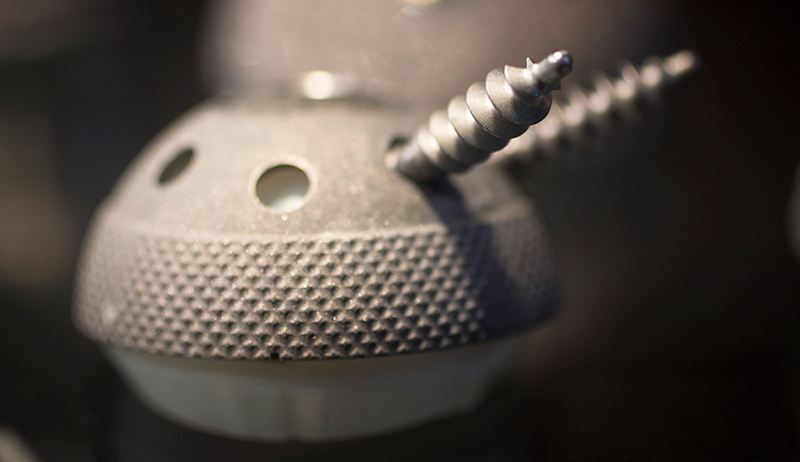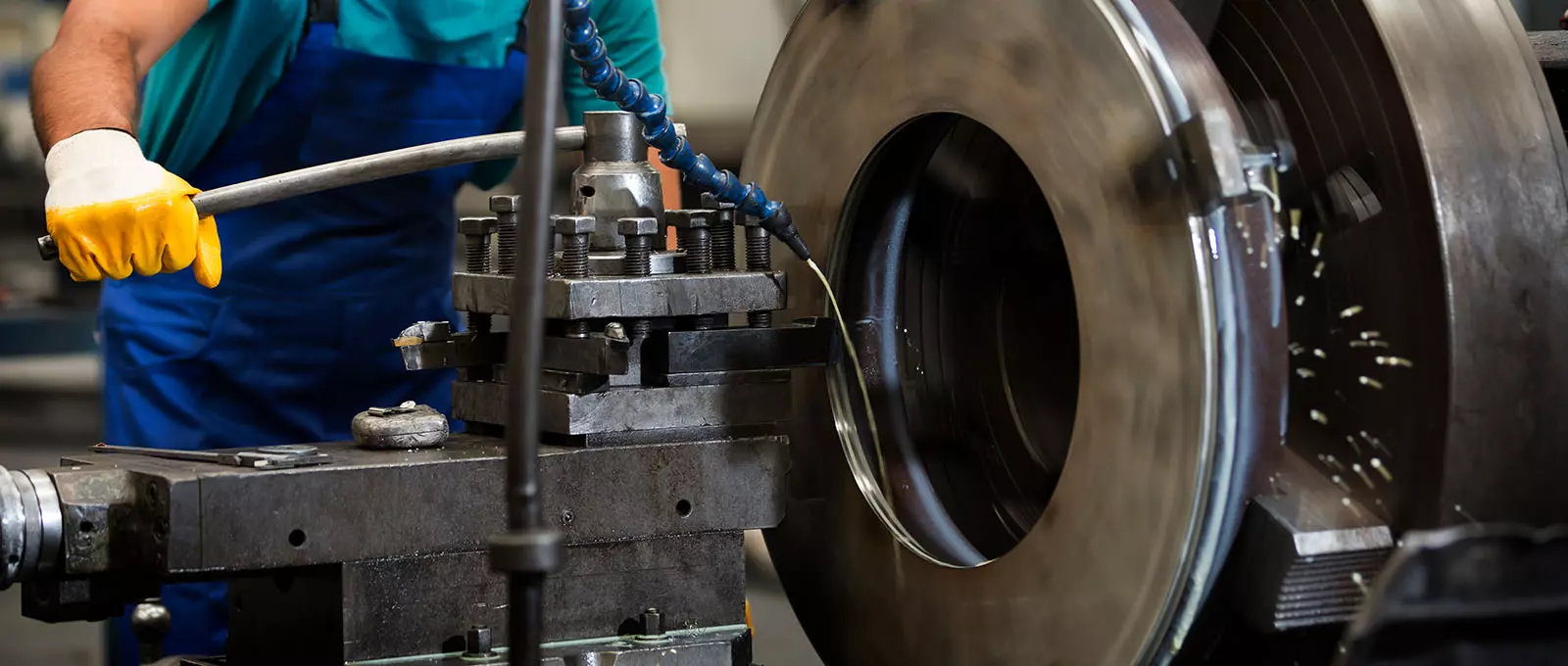Over 11 million people were injured by a consumer product in 2021. Unfortunately, those harmed by defective products are often left alone to pick up the pieces.
What Is Product Liability Litigation?
Product liability litigation is based on the idea that companies that manufacture, sell, or distribute defective products should be held liable when someone gets hurt by those products.
Therefore, product liability litigation is the legal action that the plaintiff (consumer) brings against the manufacturer, retailer, or distributor of the product that harmed them due to a defect of manufacture, design, or marketing. Some common types of defective product cases include dangerous pharmaceutical drugs, defective medical devices, faulty electrical appliances, and auto defects.

Hip implant ball joint with screws
A product liability lawsuit can be individual action or collective class actions taken by plaintiffs with similar interests and qualifications. The nature of the case depends on various factors such as the state or jurisdiction of the injured person, the type of product, and the cause of the defect.
Elements of Litigation for Defective Products and How They Work
Product liability cases are similar to personal injury cases but have some distinctive features. For example, just like in personal injury cases, the plaintiff must prove that they suffered injuries or harm and the costs are reasonably quantifiable. Here are some of the distinctive elements of product liability litigation.
Type of Defects
There are three main types of defects in product liability cases, as shown below:
Manufacturing Defects
These are defects that occur during the production or construction of an item. In most cases, only a few items that come out of the production are affected, not the entire production line. Examples of manufacturing defects include:
- A vehicle manufactured with faulty brakes
- A batch of skin lotion containing a burning substance
For a product liability lawsuit to stand, the injury must result from the manufacturing defect.
Design Defects
Design defects are flaws in the design of a product. Typically, these defects exist before the product is manufactured and may lead to an entire line of products being defective or inherently dangerous.
Examples of design defects include:
- A truck model that flips over when making sharp turns because it is top heavy
- An electric appliance that causes electric shock when turned on high settings
- A line of children's toys that comes with choking hazards
Also, design defects don't necessarily have to cause danger. For example, an electronic device may have a poor design that causes it to produce too much glare while in use, rendering it unusable.
Marketing Defects
Marketing defects deal with how a product is labeled, marketed, advertised, or sold. A marketing defect case involves a product that's dangerous in some way, but the danger is not disclosed to the user. It can also involve a product that requires the user to take certain precautions when using it, but the precautions are missing or unclear.
Examples of marketing defects claims include:
- A corrosive chemical that's sold without proper labeling
- Electronic devices that fail to warn users of possible electric shock risks
- Power tools that lack safety instructions
Strict Product Liability
Whereas personal injury cases require plaintiffs to prove that the defendant's negligence caused their injuries, product liability plaintiffs operate under strict product liability.
This means you only need to prove the product was defective and the defect caused your injury. You don't need to prove the negligence of the defendant.
However, as much as you're required to prove less in a product liability lawsuit (compared with a negligence-based lawsuit), it doesn't mean that the defendant's liability is automatic. The defendant can argue that the plaintiff’s careless actions contributed to the injuries. This is why working with a product liability attorney is advisable, as they know what it takes to build a strong case.
Case-specific Discovery
Product liability cases can be complicated. In most cases, the defendant will be ready to fight off your claims to avoid offering compensation. As such, you'll need to embark on an information-gathering process known as "discovery."
While your initial discovery may cover broad aspects of manufacturing, design, marketing, warnings, etc., you need more specific discovery as you dig deeper into your case. This may involve various things, including interrogatories, document requests, product inspections, and requests for admissions and depositions. For example, you and your attorney may try to get the manufacturer to turn over internal company communication that proves they knew about the product defects but covered them up. Similarly, the defense counsel will seek out anything they can use to counter your claims.
The information obtained during discovery lays the foundation for the evidence or oral arguments presented at the pretrial conference or conference with liaison counsel (meeting of liaison counsel). And if the case gets to the trial phase, the information will help the trial counsel argue your case.
When Should You Take Action?
If a defective product has caused you harm, you should take action as soon as possible. That's because of product liability statute of limitations.
The statute of limitations gives a deadline for how long you have to pursue a product liability claim. While the deadline can vary from state to state, most states set it at two years.
You should pursue a product liability claim before the statute of limitations in your state runs outs to avoid being time-barred from seeking compensation.
Hire the Right Legal Counsel for Your Case
When you buy a new product, you expect that it's safe for use or consumption. It can be frustrating if you've sustained serious injury while using a defective product or equipment. Thankfully, you can pursue compensation for the harm you've experienced and return to recovery.
To increase your chances of getting compensation, you need the help of reliable and reputable product liability litigation lawyers. They will walk with you throughout the whole process, from investigation to pleadings to discovery to settlement or trial, depending on the nature of your case. Whether you are in Texas, California, Florida, San Francisco, Kansas City or anywhere else across the US, contact our experienced attorneys at Dunn Sheehan today to get started.
